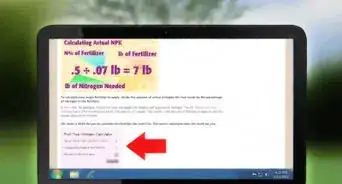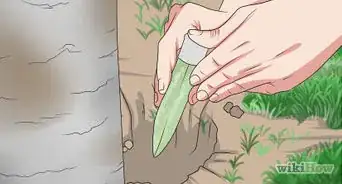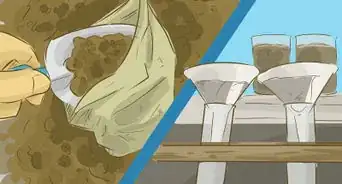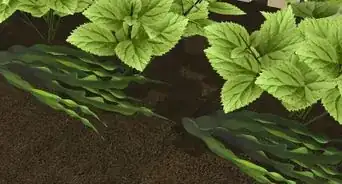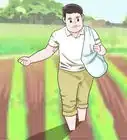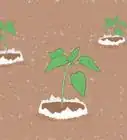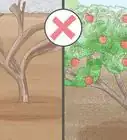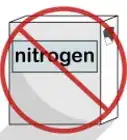This article was co-authored by Lauren Kurtz. Lauren Kurtz is a Naturalist and Horticultural Specialist. Lauren has worked for Aurora, Colorado managing the Water-Wise Garden at Aurora Municipal Center for the Water Conservation Department. She earned a BA in Environmental and Sustainability Studies from Western Michigan University in 2014.
This article has been viewed 22,211 times.
Planting trees can give most patches of earth some color and character. Although trees generally do not require a ton of maintenance aside from regular watering and intermittent pruning, they do benefit from the occasional application of fertilizer. To avoid damaging your tree, consider testing your soil first to determine what kind of fertilizer you need. Add an appropriate amount of fertilizer in the spring or fall to help your trees recover from damage and continue growing.
Steps
Choosing When to Use Fertilizer
-
1Spread fertilizer if your tree looks diseased or damaged. Poor growth is often an indicator that a tree isn’t getting the nutrients it needs and can benefit from a suitable fertilizer. Small, pale leaves and short branches are a few clear signs. Any tree that appears damaged or dying from harsh weather, insects, diseases, or chemicals can also benefit by using the nutrients in a fertilizer to repair itself and prevent future harm.[1]
- Healthy trees often do not need extra nutrients. Adding fertilizer to good soil can put the nutrient ratio out of whack, causing your tree to overgrow and weaken the wood.
-
2Measure the distance between growth rings on tree branches. Bring a tape measure as you check out the tree’s branches. Look closely at the branches and notice the little bud scars on them. They will look like rings or brown blemishes. These scars denote how much the tree has grown, and you can measure from scar to scar on a branch to see how your tree has grown over the years.[2]
- If the rings are spaced out evenly, you probably won’t need to take precise measurements. However, you still may wish to do this to understand exactly how much your tree is growing.
- A new tree will grow by approximately 9 to 12 in (23 to 30 cm) every year. An older tree will grow by about 4 to 6 in (10 to 15 cm) every year.
- Depending on the species, your tree will reach maturity within 10 to 30 years. Expect the growth to slow down by then.[3]
Advertisement -
3Test the soil to discover any nutritional deficits in it. Locate the country extension office in your area. If you take a sample of the soil to them, they can give you a comprehensive analysis of what nutrients are missing in it. This test allows you to easily determine what kind of fertilizer you need. To get the proper balance of nutrients, always do this test before adding anything to the soil.[4]
- You can also purchase a testing kit at most home improvement stores. Some of these tests may not be as detailed as an official test, but usually the results can help you figure out how to improve your soil.
- Sometimes the soil’s pH is the problem. This isn’t fixed with fertilizer. Instead, increase the pH with garden lime and lower it with sulfur or aluminum sulphate. However, you should only adjust your soil if it's not in your tree's optimal pH range.
-
4Add fertilizer to the soil in fall or spring. Fertilizer applications need to be timed carefully to avoid damage to the tree. The ideal time is in fall, around October. Wait for the first frost to happen in your area, then apply the fertilizer before the ground freezes for winter. Early spring, around April and May, is also an appropriate time to add fertilizer.[5]
- Fall is the ideal time because the tree is still active, so it will absorb nutrients and store them for spring growth.
- If you add fertilizer too early, the tree will continue growing. You may notice new growth that dies in summer or winter, leaving damage on your tree.
Calculating How Much Fertilizer to Use
-
1Measure the trunk’s diameter 1 ft (0.30 m) above the ground. A simple way to determine how much fertilizer you need is by using the size of your tree. Use a tape measure to estimate your tree’s thickness. Note the measurement so you can use it in your calculations.[6]
- Make sure you measure the tree’s trunk at about chest height in order to get a safe estimate on how much fertilizer you need.
-
2Multiply the trunk’s diameter by 100%. Aim to give most trees no more than 1 lb (0.45 kg) of fertilizer per year. This will give you the general estimate of nitrogen you need for a 1,000 sq ft (93 m2) growing space. If your tree is in a smaller yard, you should compensate by using less fertilizer.[7]
- For example, a tree 3 in (7.6 cm) thick needs about 0.3 lb (0.14 kg) of fertilizer. 3 x 0.10 = 0.3.
- Areas such as sidewalks, driveways, and buildings don’t count when determining the tree’s growing area. Trees near these structures will need less fertilizer overall.
- Another way to estimate how much fertilizer you need is to multiply the tree’s age by 0.10.
-
3Divide your estimate by the amount of nitrogen in the fertilizer. Making this last calculation is important in avoiding over-fertilization. The nitrogen content will be listed on your bag of fertilizer. You will see a number such as 30-3-3, which means the fertilizer is 30 parts nitrogen, 3 parts phosphorus, and 3 parts potassium. This means that there is 0.30 lb (0.14 kg) of nitrogen in 1 lb (0.45 kg) of your particular fertilizer.[8]
- For example, if you estimate you need 0.3 lb (0.14 kg) of nitrogen in a 30-10-10 fertilizer, you will need about 0.9 lb (0.41 kg) of fertilizer. 0.3 divided by 0.3 = 0.9.
Selecting and Applying Fertilizer
-
1Choose a fertilizer with the nutrients your soil needs. Fertilizer mixtures are plentiful, so selecting the right bag can feel a little intimidating. If you tested your soil, you will know exactly what you need. Typically, a fertilizer composed of 12 to 30 parts nitrogen is the best choice. Keep the potassium and phosphorus content low to avoid adding too much of these nutrients to the soil.[9]
- Low nitrogen is the most common reason to add fertilizer. If your soil is low in nitrogen, you can get a fertilizer with little to no other nutrients. Look for something with 3 to 12 parts phosphorus and potassium, depending on the composition of your soil.
- For nitrogen fertilizers, use a slow-release fertilizer. If your soil lacks phosphorus, potassium, calcium, or other nutrients, you can get liquid fertilizer and inject it directly into the soil.
- General fertilizers for woody plants will have a nitrogen-phosphorus-potassium ratio of 8-1-1 or 15-5-5.
-
2Measure the branch spread on your tree. Tree roots can spread a long way underground. To properly fertilize the tree, you need to distribute the fertilizer as far as the roots go. Start at the end of a branch on 1 side of the tree. Using a tape measure, measure all the way to tips of the furthest branches on the opposite end of the tree.[10]
- This measurement is the diameter of the branch spread and will give you an idea of how far the tree’s roots have spread.
-
3Dig evenly-spaced holes around the tree if you wish to fertilize it directly. Doing this is important if your soil is very compacted since the fertilizer won’t trickle down to the roots. Make holes about 1 in (2.5 cm) in diameter, 6 to 12 in (15 to 30 cm) deep, but space them 2 ft (0.61 m) apart. Dig these holes in concentric circles around the tree, creating more circles of holes as needed until you are beyond the tree’s branches.[11]
- You can use a drill with an auger attachment to easily make the holes. The holes should reach about 1.5 times further than the reach of the branches.
- Drilling holes can help any tree absorb nutrients from fertilizer. It can be particularly useful if you rake up the tree’s leaves or if there are grass and other competing plants above the roots.
- Most of the roots will be no more than 18 in (46 cm) below the surface, so be careful. Also be aware of any utility lines under the soil so you avoid damaging them.
- Avoid disturbing the root zone too much. Trees have both large, conspicuous roots and smaller roots in their root zone. Try as best as you can to avoid all of these roots.
-
4Spread the fertilizer 1.5 times further than the tree’s reach. Multiply the diameter you measured by 1.5 to determine how far you need to distribute the fertilizer to cover the roots. Scatter your fertilizer over the area, then rake it smooth. You can safely spread the fertilizer up to 2 times further than the tree’s reach.[12]
- If you dug holes to access the roots, fill the holes with the fertilizer.
-
5Spread an organic compost over the fertilizer. Compost such as pine bark adds calcium, potassium, and other important nutrients to the soil. It also insulates the soil and seals in moisture. Add a layer of compost no more than 3⁄4 in (1.9 cm) thick. Place it directly over the fertilizer and rake it flat.[13]
- Compost is low in nitrogen, but it does add more potassium to the soil. Factor your fertilizer choice into the amount of compost you add.
-
6Water the fertilizer until the soil is thoroughly moist. The ideal way to water trees is to set a hose near the trunk. Turn on the water flow to a trickle and let it drip into the soil for 2 or 3 hours. The compost and fertilizer should be completely moist to eliminate any air holes. Try to add enough water to soak your soil 10 in (25 cm) in order to reach the roots.[14]
- To test the soil, push a screwdriver or metal rod down into the soil. It should come out wet and dirty.
- If you can’t use a hose, using a bucket or sprinklers can help.
Warnings
- Providing too much fertilizer can be as dangerous as not providing enough! All of the tree’s energy will go into the leaves, leaving the roots short and weak.⧼thumbs_response⧽
Things You’ll Need
- Measuring tape
- Spade
- Storage bottle
- Rake
- Fertilizer
- Organic compost
- Hose
- Water
References
- ↑ http://www.mortonarb.org/trees-plants/tree-and-plant-advice/horticulture-care/fertilizing
- ↑ https://extension2.missouri.edu/g6865
- ↑ https://www.bhg.com/gardening/trees-shrubs-vines/trees/how-long-will-it-take-my-new-red-maple-to-grow-to-full-size/
- ↑ https://www.growingagreenerworld.com/fall-fertilization-for-established-trees-and-shrubs/
- ↑ http://www.mortonarb.org/trees-plants/tree-and-plant-advice/horticulture-care/fertilizing
- ↑ http://www.dof.virginia.gov/tree/care/how-to-fertilize.htm
- ↑ https://ag.umass.edu/landscape/fact-sheets/fertilizing-trees-shrubs
- ↑ http://www.dof.virginia.gov/tree/care/how-to-fertilize.htm
- ↑ http://www.mortonarb.org/trees-plants/tree-and-plant-advice/horticulture-care/fertilizing
- ↑ http://www.mortonarb.org/trees-plants/tree-and-plant-advice/horticulture-care/fertilizing
- ↑ https://extension2.missouri.edu/g6865
- ↑ https://extension2.missouri.edu/g6865
- ↑ https://ag.umass.edu/landscape/fact-sheets/fertilizing-trees-shrubs
- ↑ https://ag.umass.edu/landscape/fact-sheets/fertilizing-trees-shrubs
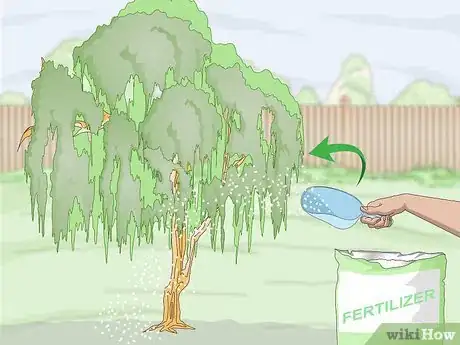
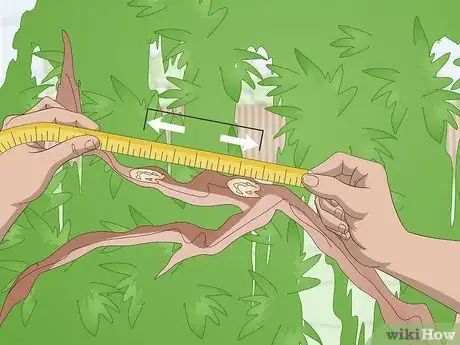
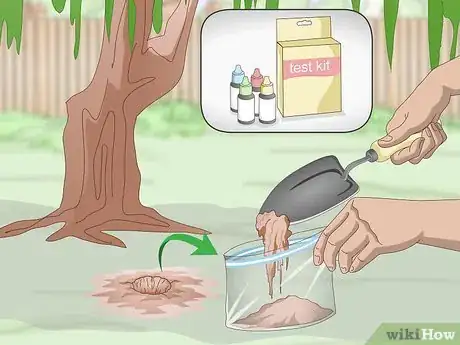
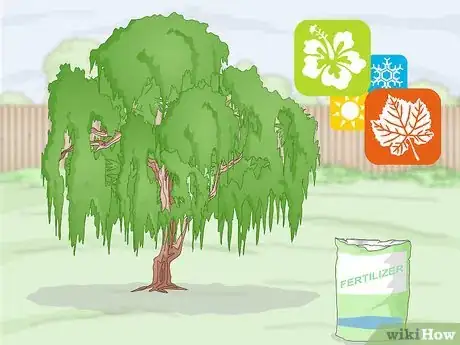
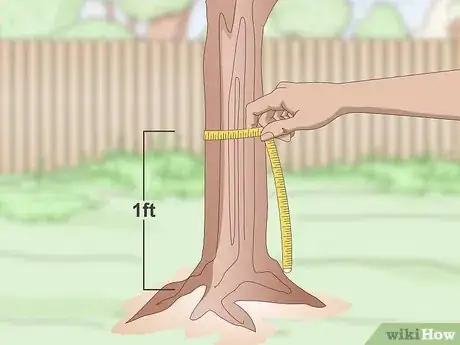
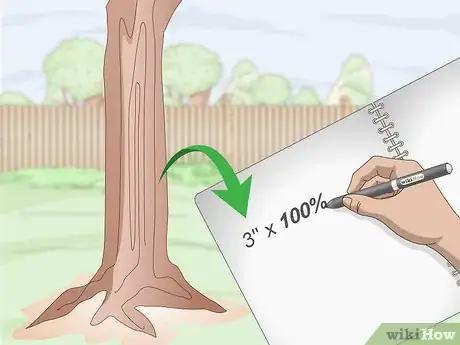
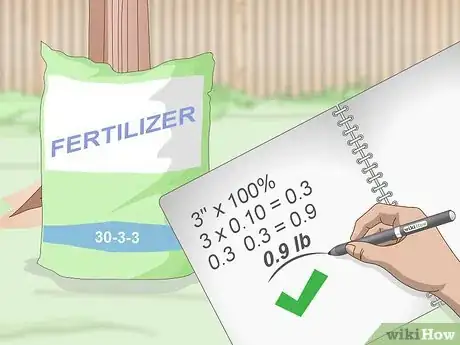
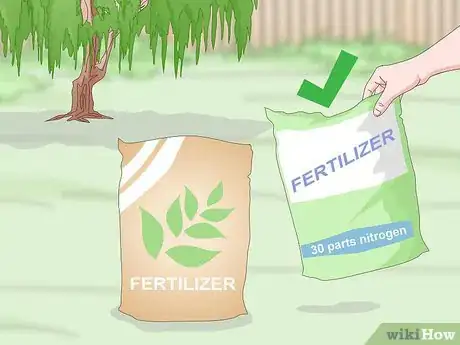
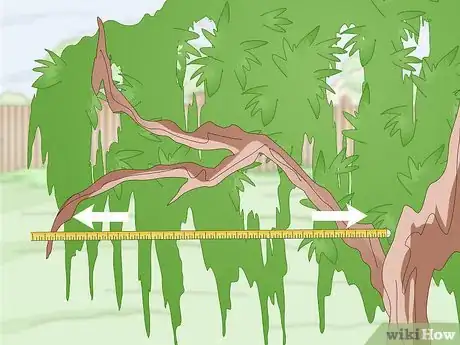
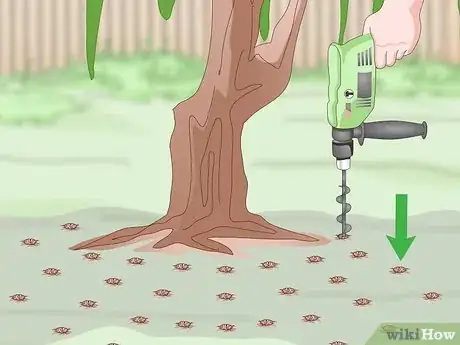
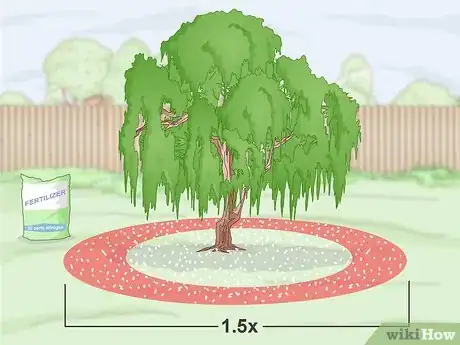

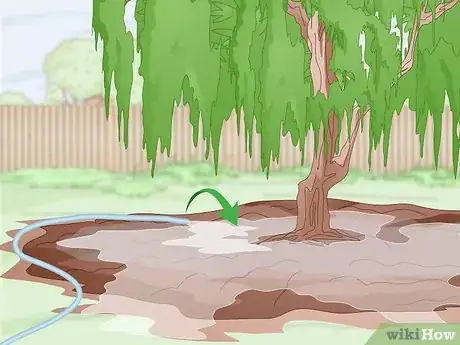
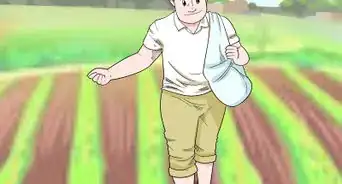
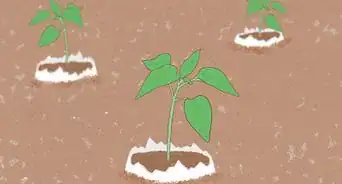
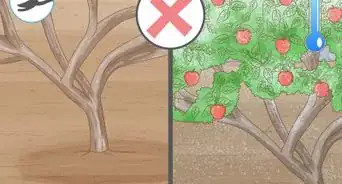
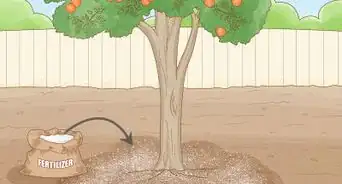
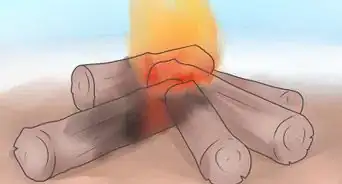
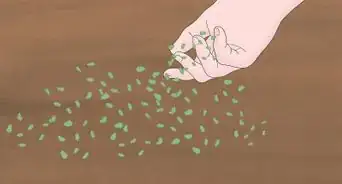
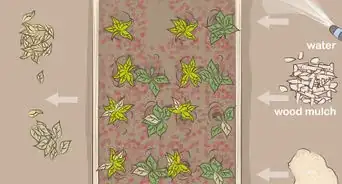
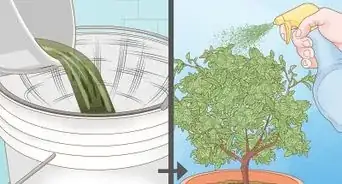
-Step-10-Version-3.webp)
